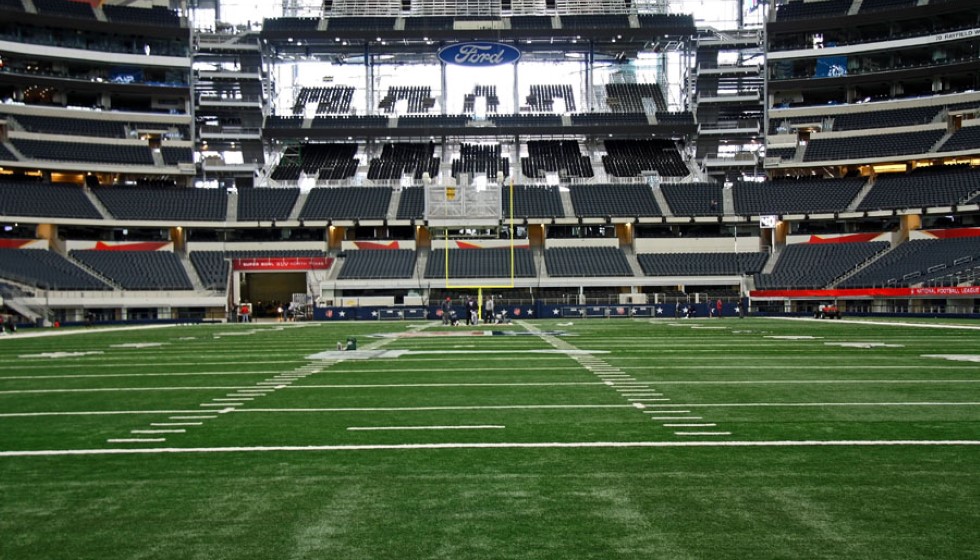
The Evolution and Legacy of the NFL Single-Season Rushing Record
The NFL single-season rushing record represents a pinnacle of individual achievement in professional football. It is a benchmark of excellence that has only been surpassed by a select few, each leaving an indelible mark on the sport's storied history. Analyzing the chronology of this record reveals significant milestones and contributions by players who have become legends in their own right.
The journey towards setting this record starts in the early 1930s, a period often considered rudimentary compared to today's game. In 1932, Cliff Battles became a forerunner by establishing an early rushing benchmark with 576 yards. This achievement provided a foundation for the record's evolution as the sport's strategies and athleticism continued to develop.
Just a year later, in 1933, Jim Musick furthered the progression by raising the rushing benchmark to 879 yards. Although small by today's standards, Musick's performance illustrated the growing importance of the rushing game in NFL strategies during its formative years.
By 1934, Beattie Feathers became the first player to break through the 1,000-yard barrier—a milestone that underscored the feasibility of extraordinary rushing achievements. Feathers’ success set a precedent and inspired future generations of running backs to pursue even greater feats on the field.
Steve Van Buren took the baton into the late 1940s, becoming a notable figure by breaking the rushing record twice. He amassed 1,008 rushing yards in 1947 and further extended it to 1,146 yards in 1949. Van Buren’s achievements during the post-war era reflected both his exceptional skill and the increased emphasis on rushing strategies in team playbooks.
The 1950s and 1960s were marked significantly by the legendary Jim Brown. In 1958, Brown asserted his dominance with 1,527 yards, before shattering his own record with an astounding 1,863 yards in 1963. Considered one of the greatest running backs of all time, Brown’s performances not only redefined what was possible but also elevated the rushing record’s prestige.
The bar was raised yet again in 1973 by O.J. Simpson, who became the first player to surpass the 2,000-yard mark. Rushing for 2,003 yards, Simpson’s feat was monumental, signaling a new era for the NFL and its running backs, now seen as central figures capable of redefining the limits of athletic achievement.
Eric Dickerson etched his name in NFL history with a record that stands to this day. In 1984, he set the current NFL single-season rushing record of 2,105 yards. This landmark achievement remains a testament to extraordinary endurance and ability, epitomizing the pinnacle of a running back's individual performance over a single season.
Remarkably, the legacy of these rushers extends far beyond yardage. Five out of the seven players who have held the NFL single-season rushing record have been inducted into the Hall of Fame, highlighting the interconnectedness of record-breaking accomplishments and long-term recognition for career excellence. Furthermore, six of these players have been named to the Pro Football Hall of Fame All-Decade Team, underscoring their era-defining impact on the sport.
Looking towards contemporary dynamics, the end of the 2024 season is anticipated to witness another remarkable achievement. Saquon Barkley is projected to have accumulated 2,005 rushing yards, joining the elite ranks of players surpassing the 2,000-yard milestone. Barkley's projection propels his status among peers and fans, continuing the narrative of historic excellence in NFL rushing records.
The progression of the NFL single-season rushing record tells not just a story of numbers, but reflects the evolving nature of football itself. Each record holder has contributed uniquely to the tapestry of NFL history, emblematic of the hard work, strategic innovation, and perseverance that epitomize the sport. As players continue to push boundaries, the record serves as a beacon of possibility within the ever-changing landscape of professional football.